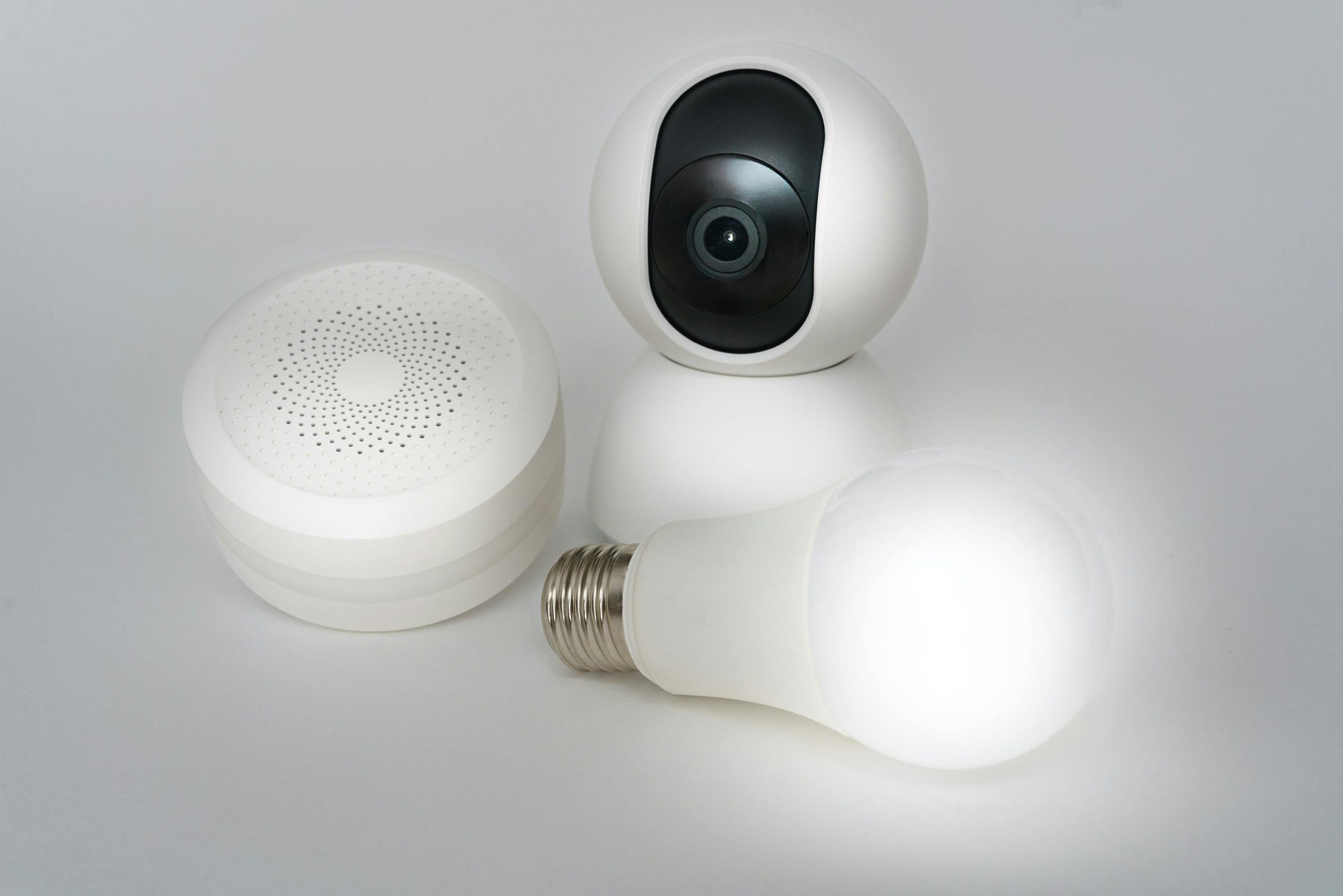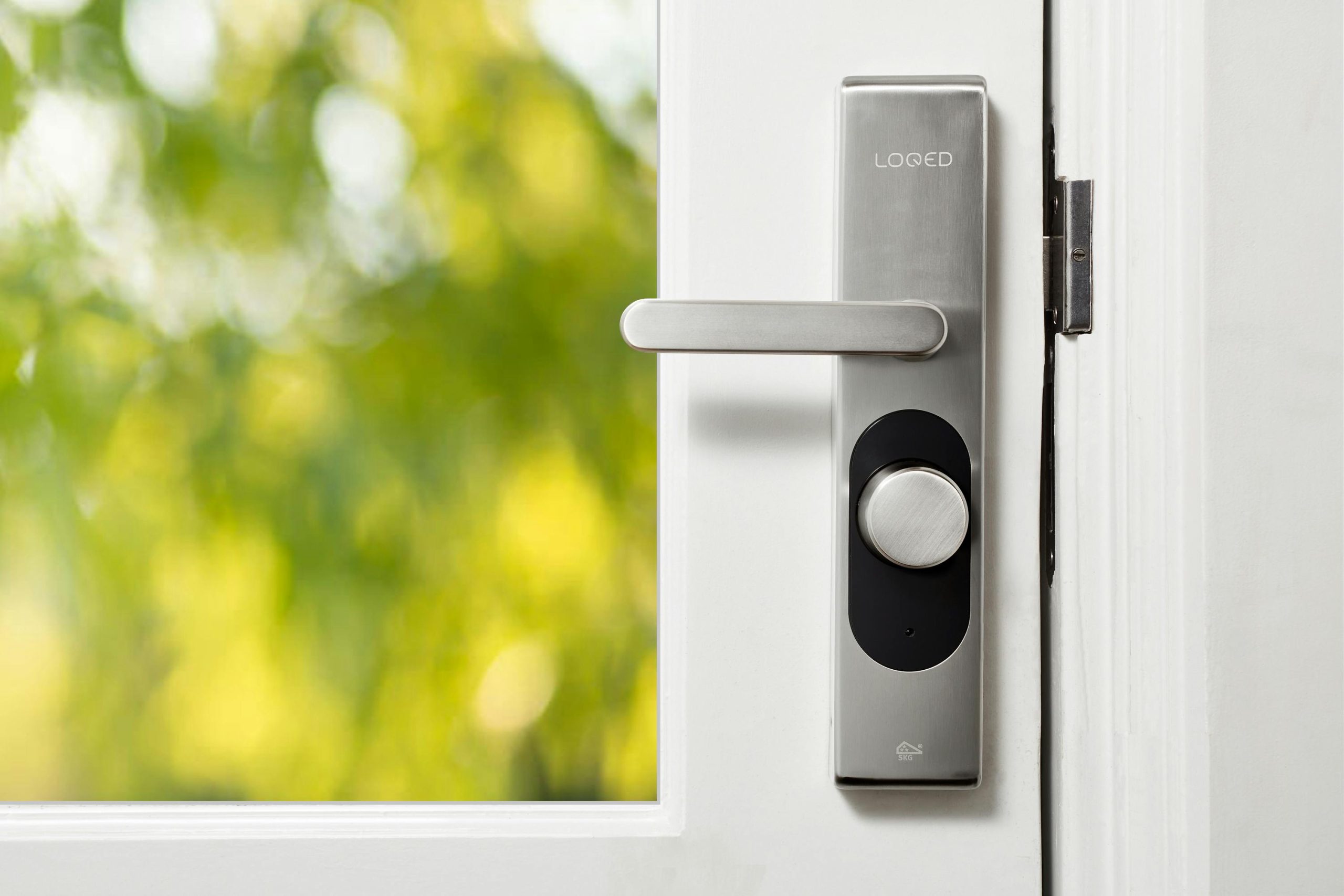The “Internet of Things” promises a future where all our household items are connected, automated, and intelligent. While this “smart” technology can add convenience, it also introduces new layers of complexity and potential points of failure. Adding software, sensors, and Wi-Fi connectivity to a simple appliance often makes it less reliable than its traditional, “dumb” counterpart. Many consumers are discovering that these smart features can lead to frustrating glitches and costly repairs that older models never had.

1. Smart Refrigerators
A smart refrigerator with a large touchscreen, internet access, and internal cameras seems futuristic and convenient. However, these complex features are notorious for failing. The touchscreen can become unresponsive, the software can freeze or require constant updates, and the ice maker’s smart sensors can malfunction. When the “smart” part of the fridge breaks, you are left with an expensive, underperforming appliance and a repair bill that a standard refrigerator would never incur.
2. Smart Light Bulbs
Smart light bulbs offer the ability to change colors and control your lighting with your voice or an app. This convenience disappears the moment your Wi-Fi network has a problem or the manufacturer’s server goes down. Users frequently complain about bulbs becoming unresponsive or failing to connect to the network, which turns a simple light switch into a frustrating tech support issue. A regular LED bulb, by contrast, works reliably for years with a simple flick of a switch.
3. Smart Coffee Makers
A smart coffee maker that lets you start brewing from your bed sounds like a dream. The reality is often a nightmare of buggy apps and connectivity failures. If the machine’s app won’t connect or the software freezes, you can’t brew your coffee. You add a layer of digital dependency to a simple process, meaning a software issue can stand between you and your morning caffeine.
4. Smart Locks

A smart lock provides keyless entry, but it also introduces new security vulnerabilities and failure modes. The batteries can die at an inconvenient time, locking you out of your own home. Software glitches or a poor Bluetooth connection can prevent the lock from responding to your phone. While a traditional metal key is simple and seldom fails, the reliability of a smart lock depends entirely on its software and power source.
5. Smart Washing Machines
Modern washing machines with Wi-Fi connectivity allow you to start a load remotely and receive notifications when it’s done. However, these smart features are run by a complex electronic control board. This board is sensitive to power surges and is often the first component to fail. A broken control board is an expensive repair that can render the entire machine useless, a problem that older, simpler machines rarely faced.
6. Smart Faucets
Voice-activated and touchless kitchen faucets can be great for hygiene and convenience. However, they rely on batteries and electronic sensors to function. When these components fail, the faucet may stop working entirely, leaving you with no running water in your kitchen sink until you can perform a complicated battery change or call a plumber. A standard faucet with a manual handle, on the other hand, is dependable for decades.
When “Smart” Isn’t Smarter
Adding smart technology to every household item does not always equal progress. For many core appliances, this added complexity introduces more opportunities for failure, turning reliable workhorses into frustrating gadgets. Often, the smartest choice for a consumer is to opt for the simpler, more durable version that excels at its primary function without the unnecessary risk of a software bug or a failed sensor.
Have you ever had a “smart” appliance fail on you? Do you think the convenience of smart home technology is worth the risk of it being less reliable? Share your thoughts!
Read More
10 Things That Were More Broken After a “Smart” Upgrade
10 Public Behaviors Now Being Monitored by Smart Tech
The post 6 Common Household Items That Are Now “Smart” But Less Reliable appeared first on Grocery Coupon Guide.







